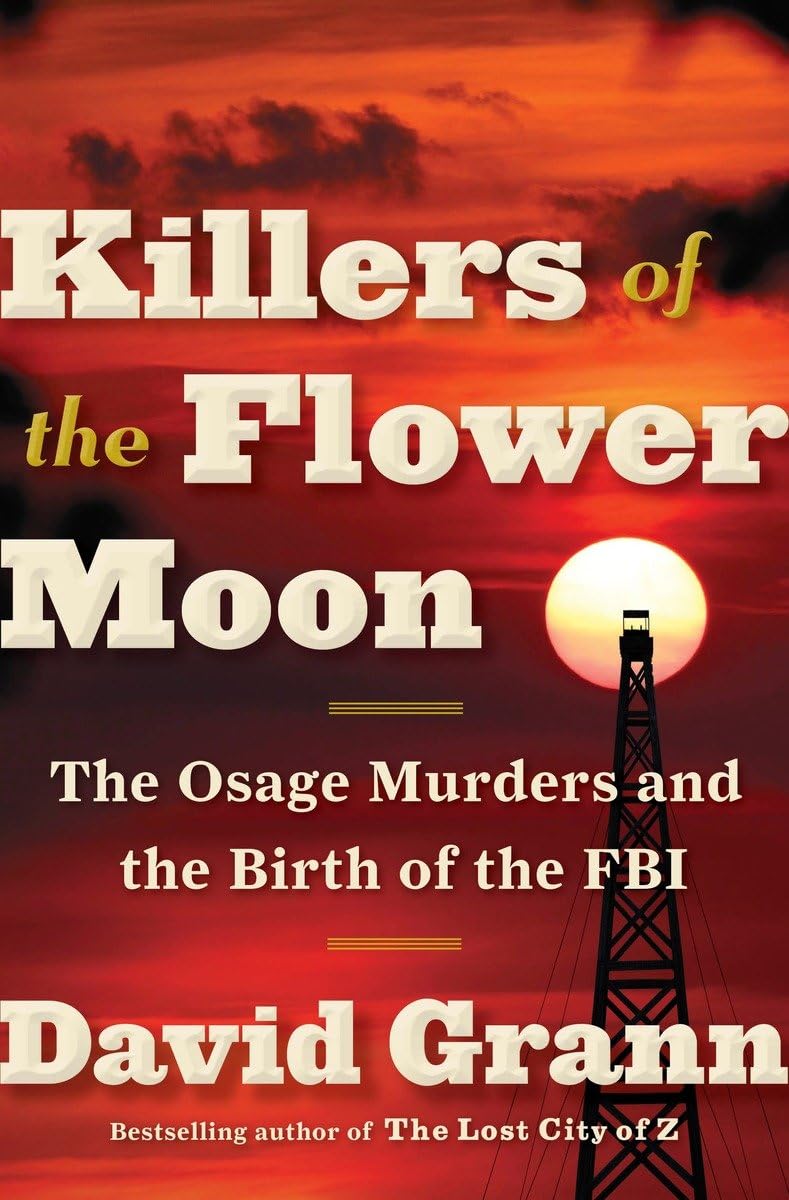Chapter 2: An Act of God or Man?
byChapter 2: An Act of God or Man? In a desolate ravine in the early days of 1921, a community inquest was held to determine whether Anna’s sudden death was an unfortunate accident, a natural death, or if it was indeed a heinous crime. The proceedings, led by a justice of the peace, were held in line with a long-standing tradition of community justice, a system that predated official law enforcement in the region. As the jury members, including Mathis, examined the evidence, the focus quickly turned to whether this death was a murder orchestrated by those who had their sights set on the Osage wealth, or whether it was simply a natural tragedy exacerbated by the difficult circumstances the Osage were living under. The community, torn between suspicion and fear, demanded answers as to whether Anna’s death was caused by the hands of man or fate itself.
The Shoun brothers, two local doctors with a long-standing relationship with Anna’s family, performed the autopsy on her body. They worked in an environment far from the clean, controlled conditions of a modern morgue, their methods more reminiscent of a time when medical science was less advanced and forensic tools were limited. During the examination, they discovered a bullet hole in Anna’s skull, hidden beneath her scalp, which had been missed until the scalp was shifted—this discovery marked a major turning point, leading the investigation to shift from a simple cause of death inquiry to a more serious murder investigation. Based on the wound’s size, Mathis and others surmised that the bullet came from a .32-caliber weapon, a detail that suggested premeditation and violence, marking this as no ordinary death.
The figure of Sheriff Harve M. Freas, who was involved in the investigation, adds another layer of complexity to the case. Although Freas was widely feared and held power in Osage County, his reputation was tainted by whispers of corruption and associations with criminal elements. In a region where the lines between law and lawlessness were often blurred, this raised doubts about the true motivations of those in charge of investigating Anna’s death. Freas, with his strong ties to influential figures in the community, was both a guardian of the law and potentially a figure who could influence the direction of the investigation, depending on which side of the moral fence he chose to stand.
The investigation was hindered by the rudimentary forensic methods available at the time, which were no match for the complexity of a homicide investigation. Despite a thorough search, no bullet was recovered, which left investigators with only the bullet wound as physical evidence of foul play. A moonshine bottle found near the scene suggested a possible link to illegal alcohol production, which was rampant in the area during Prohibition. However, no direct evidence tied the moonshine to a suspect, leaving investigators with many unanswered questions and struggling to make sense of the circumstances surrounding Anna’s tragic death.
For Anna’s family, particularly her mother, Lizzie, and her sister Mollie, the grief was immeasurable. Not only did they have to contend with the emotional devastation of losing a loved one, but they also faced the financial burden of arranging Anna’s funeral, which was often a significant expense for Osage families at the time. In many cases, funeral costs were exorbitant, adding further pressure to families already struggling with the impacts of a corrupt economic system that exploited their oil wealth. Mollie, with the support of her husband, Ernest, was forced to navigate these pressures while also grappling with the deep emotional toll that the murder of her sister had on her. The weight of loss, grief, and financial strain combined, creating a heartbreaking ordeal for the Burkhart family.
The funeral itself became a symbolic event for the Osage people, blending both traditional Osage customs and Catholic rituals, reflecting the cultural crossroads the community was enduring. As Mollie and her family said goodbye to Anna, it was more than just a ceremonial farewell—it was a moment of deep reflection on the seemingly insurmountable challenges the Osage faced in preserving their cultural identity while living under the threat of exploitation and violence. The tombstone inscription, “Meet Me in Heaven,” spoke volumes about the hope for reunion in the afterlife, a sentiment that transcended the immediate tragedy and offered a glimpse into the enduring faith and strength of the Osage people, who, despite everything, held onto a belief in a better future beyond this world.
This chapter reveals not only the personal tragedy of Anna’s death but also the broader societal and spiritual impact of the Osage people’s struggle. The layered narrative exposes the cultural tensions between the Osage’s traditional ways and the increasingly hostile external forces, including white settlers, corrupt officials, and even criminal syndicates. Through the lens of Anna’s murder, we see how a community that had once flourished was now entangled in a web of deceit, violence, and systemic oppression, where even death seemed to be a commodity to be controlled by outside forces.


